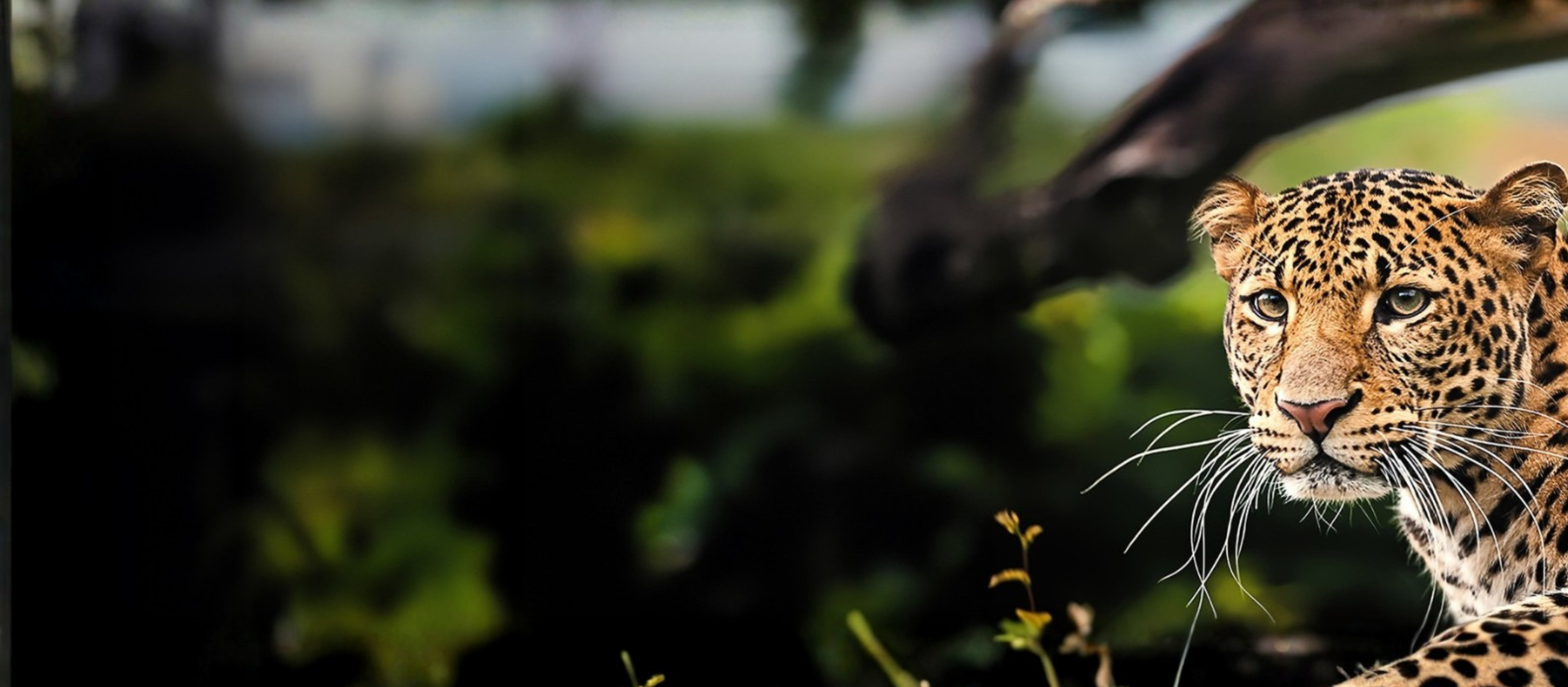



Your challenge is to pick a vertebrate animal living in a tropical rainforest and draw/illustrate/predict how it may look in the future due to the long-term effects of environmental change (think thousands of years ... or more!). Please consider habitat changes due to rising temperatures, rising seas, pollution, habitat loss, and the animal adaptations needed to survive, such as camouflage, defense, eating food, and/or how it moves. Some possible habitat changes to consider are: Inland rainforests that become savannas (rolling grasslands with scattered trees & shrubs), coastal rainforests that become marshes/seasonal wetlands or become completely underwater and habitat fragmentation (big natural areas getting broken up into smaller areas). Your entry should provide at least two illustrations - one of your animal in its present habitat and one as an adapted animal in the predicted future habitat. Also, submit a short essay (max 150 words) to explain your illustrations. You are not allowed to choose humans as your animal.
Please do NOT include your face or name in your entry.
Go wild... and good luck!
Body structures, like spikes, horns, or sharp claws, help protect and defend animals against any creature that threatens them. What kinds of defensive body structures will help your creature look tough? How will your animal use these structures to fight off another animal?
When an environment changes, finding food can be more challenging. Whether your animal eats veggies or meat, it has specialized structures for obtaining and eating food. What anatomy changes will your creature evolve to help it find food? Will your creature change its diet? If so, why?
Animals need to be able to get from place to place to find shelter, food, and friends. Depending on where they live, they can develop structures to help them get around. How will your creature’s body change to help it move through this new environment? Will its limbs get longer or shorter? Will it have wings, fins, or a tail?
Camouflage is an adaptation that allows animals to blend in with their environment. This is useful when hiding from predators or hunting for food. What physical color or pattern will your creature have? Will it camouflage in its new environment? Why or why not?
As the Earth gets warmer, rainforests aren’t getting as much rain as they used to. When there’s less water, plants have a harder time growing, which means there is fewer vegetation for the animals that live there. Also, as oceans rise near coastal rainforests, it can change the homes of those plants and animals. This can make it tricky for them to survive and can lead to fewer or different types of food sources available. Research the global weather changes your creatures' habitat is experiencing. How will your creature adapt to these weather changes in the future?
Rainforests are getting smaller and more broken up because of things like road building, new houses, farming, and illegal tree cutting. This fragmentation is causing some rainforests to change into drier grasslands. Think about your favorite animal that lives in the rainforest: how would it be affected by these changes? Can it figure out how to live in these new, smaller areas? If so, how might it adapt to survive?
Air and water pollution can really hurt rainforests. When cities or factories nearby release dirty air, it can cause acid rain, which can harm and hurt the leaves of rainforest plants. Also, when nearby farmers use fertilizers and pesticides, it can slow down the growth of rainforest plants and make animals sick. Sometimes, these chemicals can cause something called algae blooms in streams, lakes, and rivers. These blooms are like thick green blankets that can block sunlight from getting to other plants and animals in the water, making it hard for them to live. Is your creatures' environment experiencing pollution? If so, how will your creature adapt to the effects of pollution in its environment?
Future Engineers hosts online contests and challenges for K-12 students, including the Mars 2020 "Name the Rover" contest. This challenge platform was developed with support from the US Department of Education, and all challenges are free for student/classroom participation.
Thank you for your interest in contacting Future Engineers. We look forward to connecting with you!
General Inquiries
support@futureengineers.orgSponsorship Inquiries
sponsor@futureengineers.org